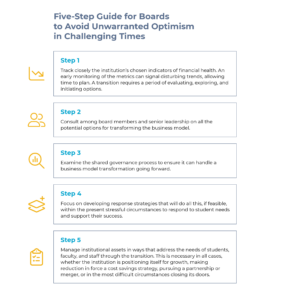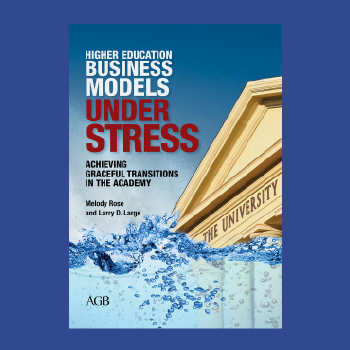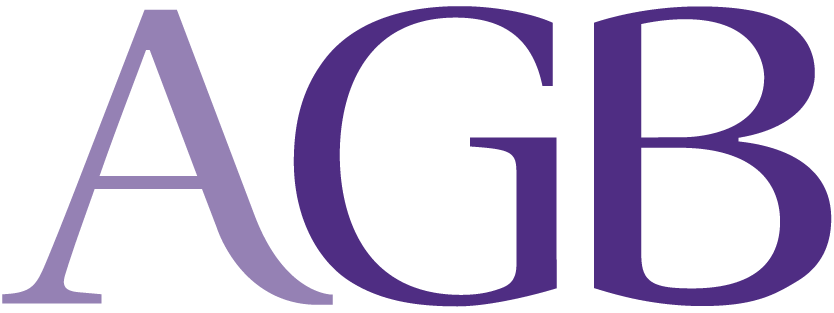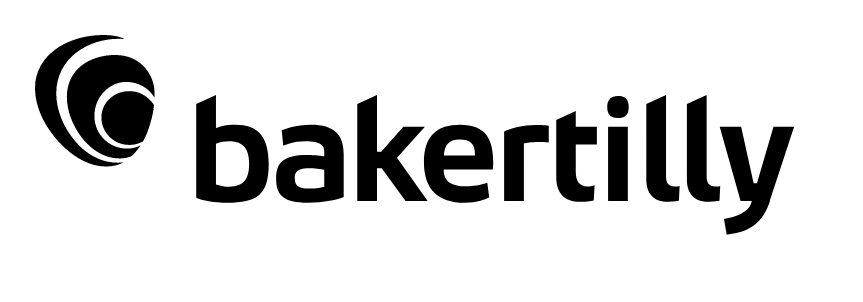
Foundational Information
Higher Education Business Models Under Stress: Achieving Graceful Transitions in the Academy
In their study Higher Education Business Models Under Stress: Achieving Graceful Transitions in the Academy (AGB, 2021), Melody Rose and Larry D. Large identify a five-step checklist to help guide institutional leadership to avoid the trap of unwarranted optimism in today’s challenging environment by focusing on specific categories of assessment required to monitor institutional risk and help boards and senior leadership decide whether business model transformation is required and what may be involved to achieve a successful outcome.1

Embedded in their five steps is the suggestion that there are two dimensions to the important conversations that governing boards, presidents, and CFOs (among others) should have. The first relates to leading practices for high performing higher education institutions in stable economic times. The second relates to the steps an institution should be prepared to take during periods of either economic or organizational instability and whether the degree(s) of divergence from normal business operations should inform the required level of institutional response.
The first set of conversations, led by college and university administrative leadership, should affirm that the organization’s business practices support day-to-day operations, while just as importantly positioning the institution to respond to future crises if warranted by answering a series of guiding questions:
While it is not possible for most institutions to completely immunize the business model from the array of disruptive market forces, there are policies and processes that governing boards and senior leadership can put in place to mitigate these risks.
- Does the institution have clearly defined roles and responsibilities for leadership so all parties know what is expected of them?
- Are these expectations communicated in a timely and consistent manner, at the time of onboarding or as part of the annual evaluation process?
- Has management assessed the governance structures to ensure their resiliency and capacity to deal with change?
- Are there agreed-upon key performance indicators (KPIs), with clearly delineated goals and objectives, which are monitored regularly, and stress-tested to assess the institution’s financial health and progress toward plan?
- Do the governing board and senior leadership understand the competitive pressures on the institutional business model and how it may need to evolve to meet the needs of future generations of students?
- Does management periodically undertake environmental scans to assess the competitive landscape, analyze business risks, and review alternative options and risk scenarios?
For Rose and Large, establishing the appropriate foundation is an essential responsibility of leadership. If done thoughtfully it will serve the institution well in periods of organizational stability, but more importantly help prepare leadership across the organization to be better able to manage through periods of institutional instability.2 The sounder and more robust an institution’s business practices, the better able it will be to deal with the more demanding strategic consideration of navigating the multidimensional complexities of institutional transformation if warranted.
Essential to all this is a commitment to business continuity planning and clearly articulated roles and responsibilities of governing boards, presidents, and CFOs to ensure the appropriate groundwork for these discussions is prepared. An institutional commitment to this level of preparedness will further ensure the commensurate risk mitigation strategies are in place, available options are known, evaluated, and prioritized in advance of any need arising, and institutional stakeholders have been engaged and have an awareness of any new or emerging vulnerabilities.
1 Melody Rose and Larry D. Large, Higher Education Business Models Under Stress: Achieving Graceful Transitions in the Academy (Washington, D.C.: Association of Governing Boards, 2021), 42.
2 Rose and Large, Higher Education Business Models Under Stress, 24–25.







